Why Switzerland’s dual-track education system is unique
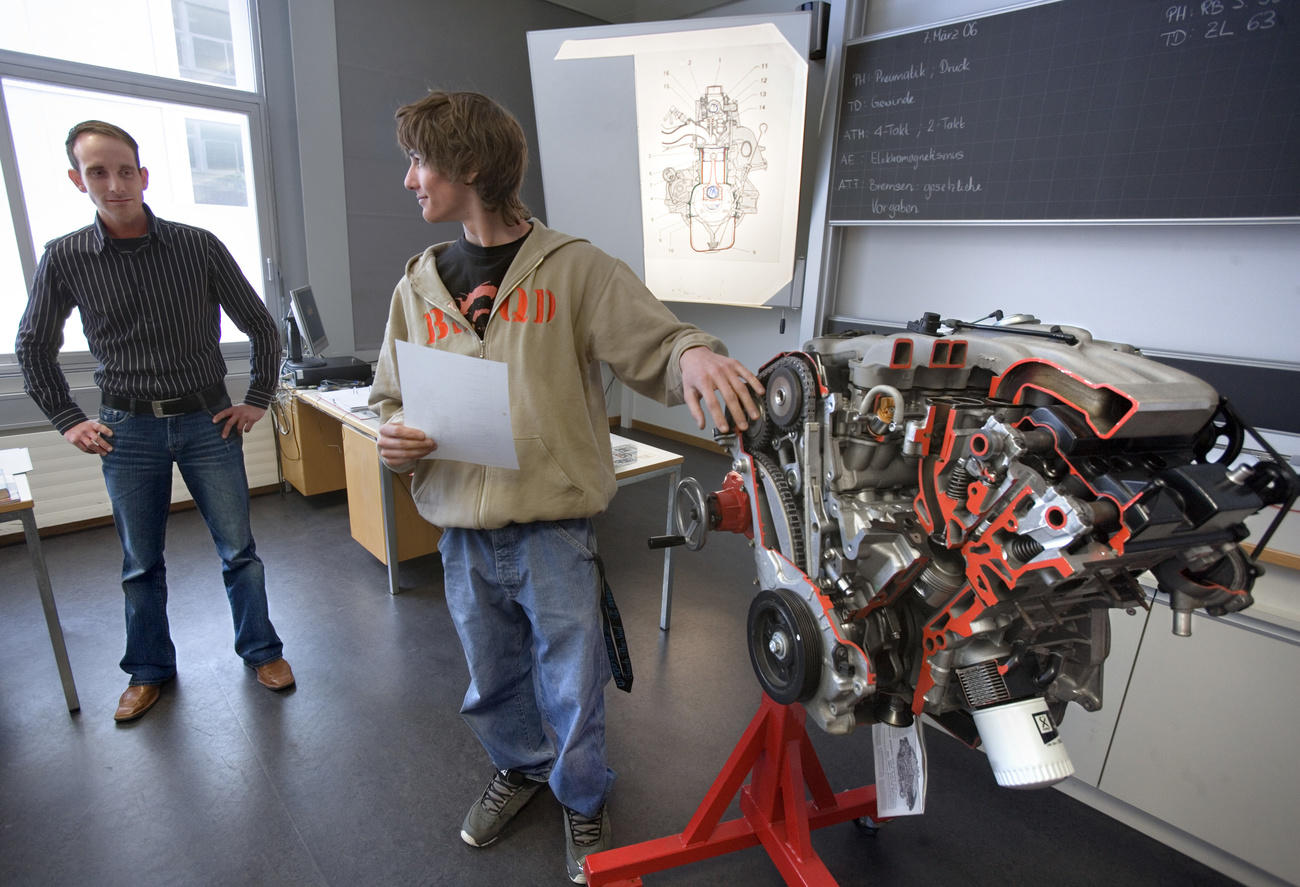
Young people used to be faced with making a definitive career choice aged 15 in Switzerland. But nowadays they can change direction later on, thanks to increased flexibility in Switzerland’s education system.
Increasing numbers of young people are choosing the classic Swiss baccalaureate (school leaving certificate which opens the door to university), university and then job track, reports say, because it’s easier or because it’s considered more prestigious. Others – still around two-thirds of school leavers – choose vocational training: an apprenticeship and then a job.
Until a couple of decades ago it was either “job or university” when leaving school (obligatory schooling ends at the age of 15-16 in Switzerland but thinking about potential careers starts one or two years earlier) and they did not overlap. If you wanted to change profession or studies, you had to start over. But this has changed.
+ Are 14 -year-olds ready to make a career choice?
Apprenticeships, a Swiss solution
Apprentices takes their first steps into the working world after finishing school. But they are not thrown into the deep end. Under Switzerland’s dual-track apprenticeship systemExternal link, young people combine on-the-job training with lessons in a vocational school. In turn, they receive a high-quality vocational education, which then gives them direct access to the labour market. This is one of the success factors in the Swiss economy.
An apprenticeship lasts two to four years, depending on the profession, and guarantees a very low youth unemployment rate.External link
Permeable system
Many young people mature later. Others only discover their dream job later on. What is unique about the Swiss system is that you can always change.
If you choose the vocational path, you can reach successive higher levels of education through extra training. There are many career paths and they are accessible to all those in training. The federal vocational baccalaureateExternal link allows students to study for a bachelor’s degree at a University of Applied Sciences, Switzerland’s more practically orientated universities. This puts students at the same level as those who have studied at university or a prestigious Federal Institute of Technology.
But graduate apprentices don’t have to study; they can also concentrate on their profession. There are higher federal diplomas as well as colleges of higher vocational education and training for this. The result: a more highly trained workforce with better career prospects – and better salaries.
This flexibility is very important: further training is possible at any time – as is access to universities (for which you would need to take an extra entrance exam after the vocational baccalaureate) and universities of applied sciences. Basically, nothing is excluded.
+ Can you study after an apprenticeship?
An example: a young electrician
A school leaver decides not to go on to a baccalaureate schoolExternal link (which paves the way to university) but to learn how to be an electrician. She then looks for an employer who offers an apprenticeshipExternal link in this area. The training lasts three years, during which she spends four days in the company and one day in the vocational school. During this time, she receives an apprentice’s salaryExternal link.
At the end of the three years, having passed her final exams, she receives a Federal Diploma of Vocational Education and TrainingExternal link. According to Rita Beltrami, head of schools and careers guidance in the Italian-speaking canton of Ticino, an apprenticeship is the minimum level of training expected by the federal government.
+ Advanced professional training reaps financial rewards
After finishing her apprenticeship, our young woman can look for a job as an electrician. If she decides one day that she would like to study, this is no problem. She can simply do a vocational baccalaureate which would allow her to study electrical engineering at a University of Applied Sciences.
But she could also opt for a higher diploma as an electrician or go to a college of higher vocational education and training. Or she could simply profit from the further training opportunities offered by professional associations.
To sum up: choosing the right training or profession is a multi-stage process. The aim is to find a profession that fulfils a person’s ambitions and aspirations.

More
Swiss teens have wider career aspirations than other Europeans
Adapted from Italian by Isobel Leybold-Johnson

In compliance with the JTI standards
More: SWI swissinfo.ch certified by the Journalism Trust Initiative
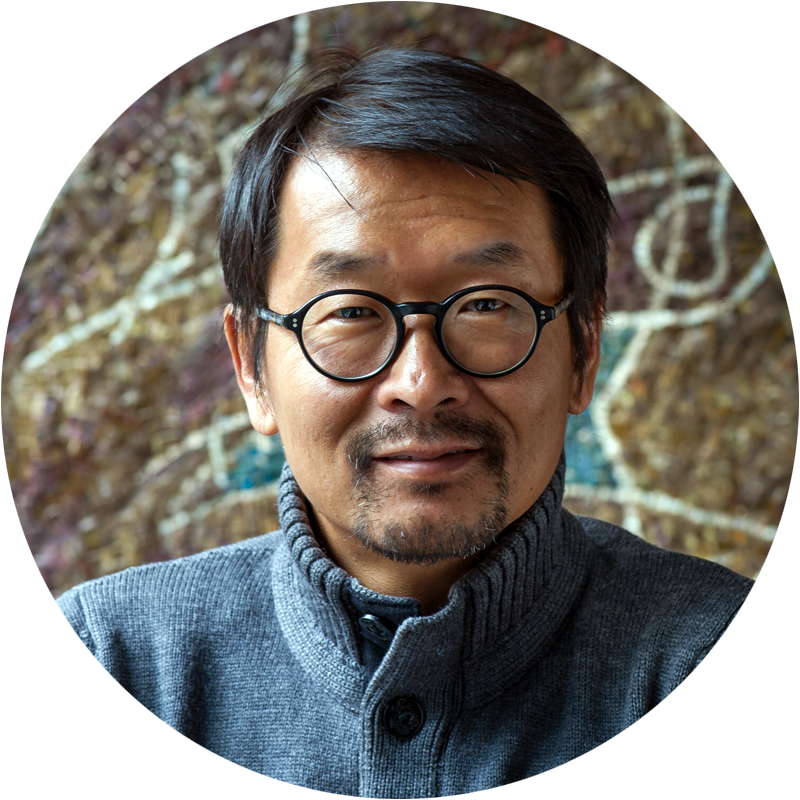


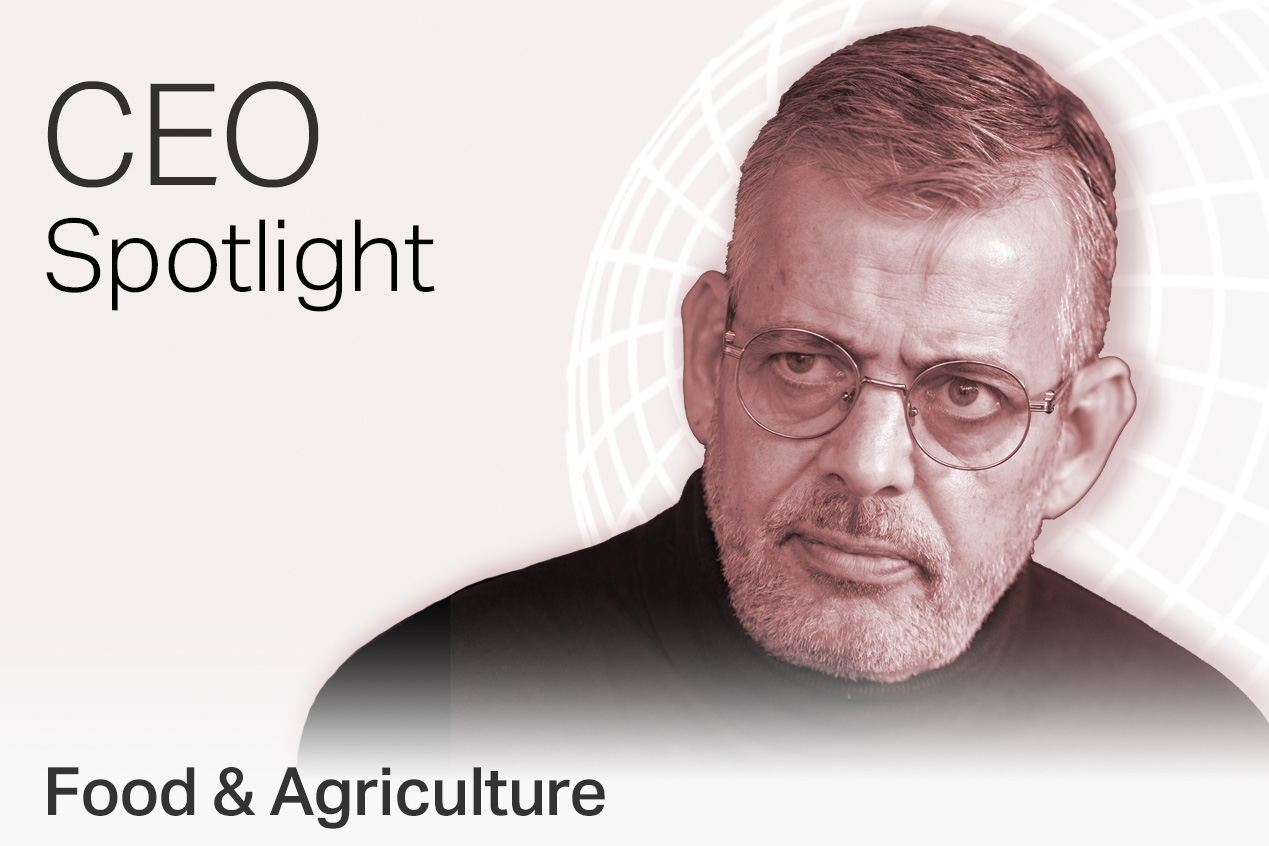






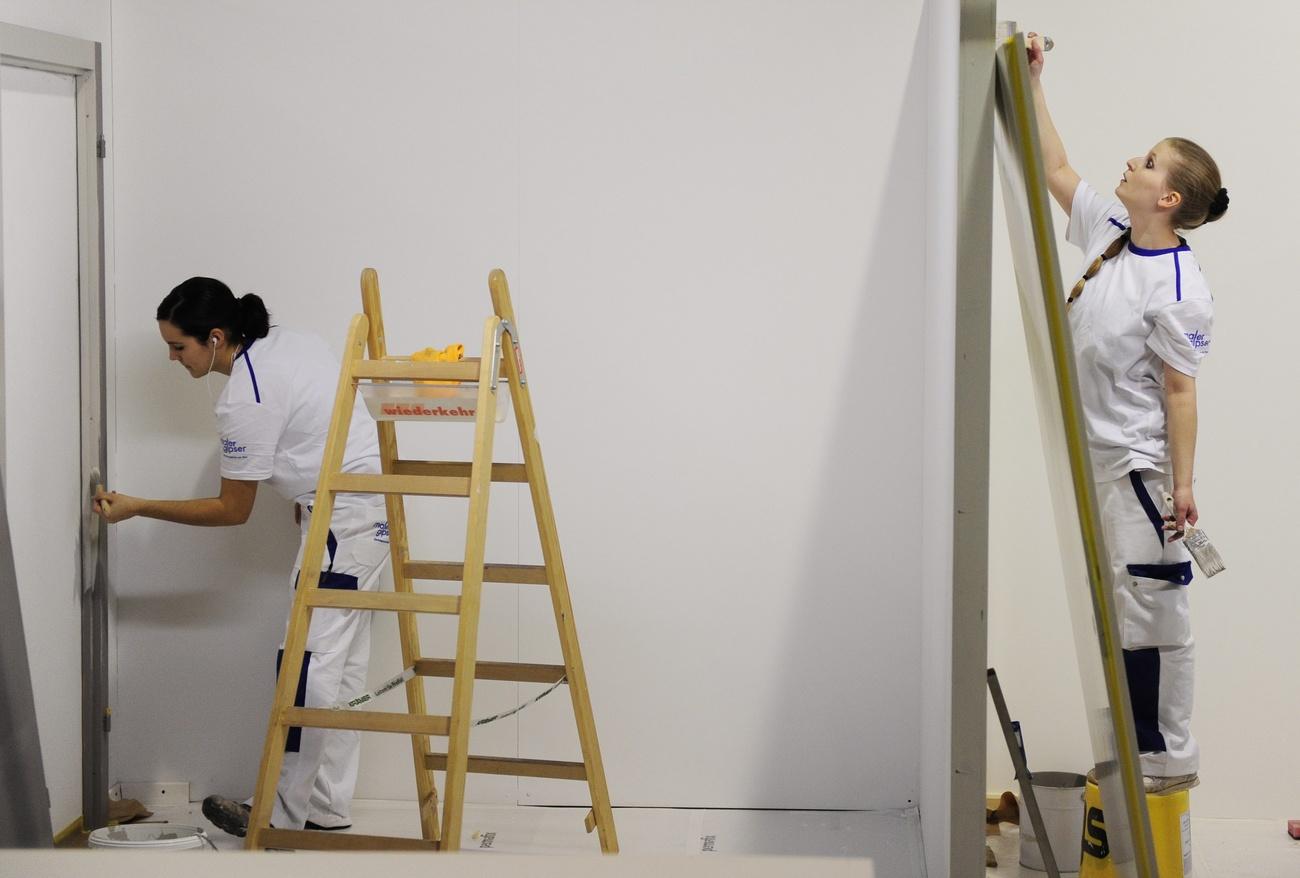

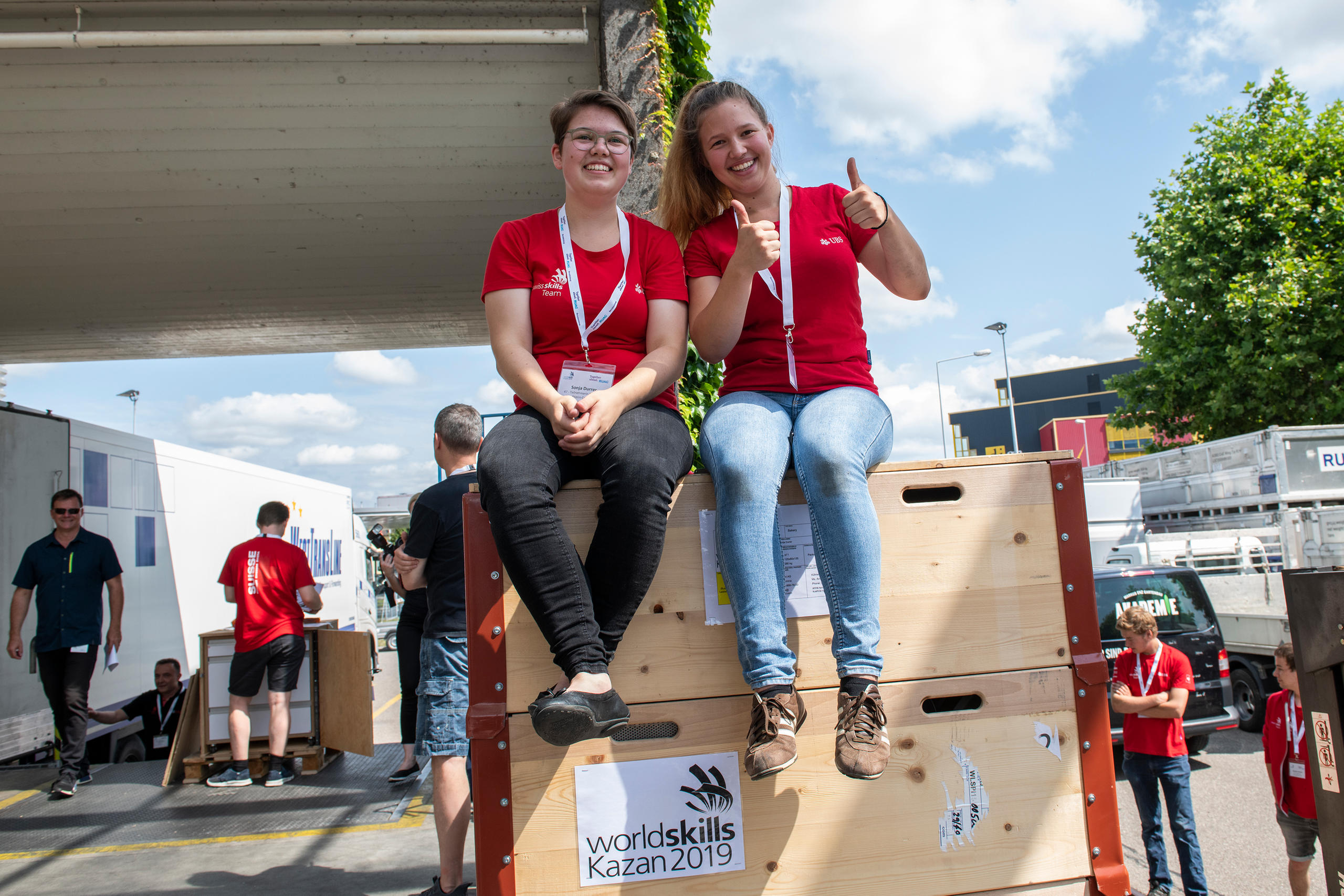
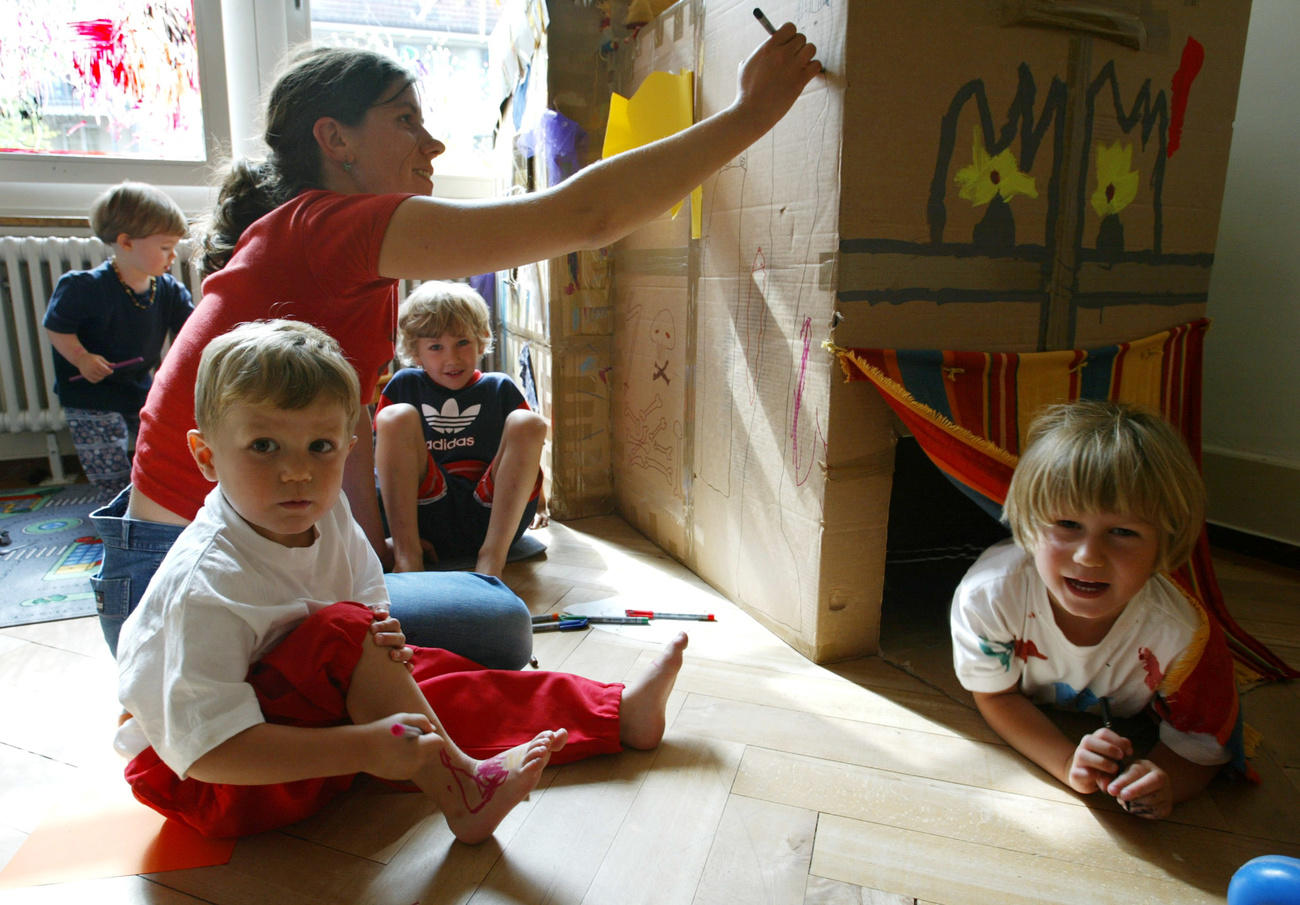

You can find an overview of ongoing debates with our journalists here . Please join us!
If you want to start a conversation about a topic raised in this article or want to report factual errors, email us at english@swissinfo.ch.